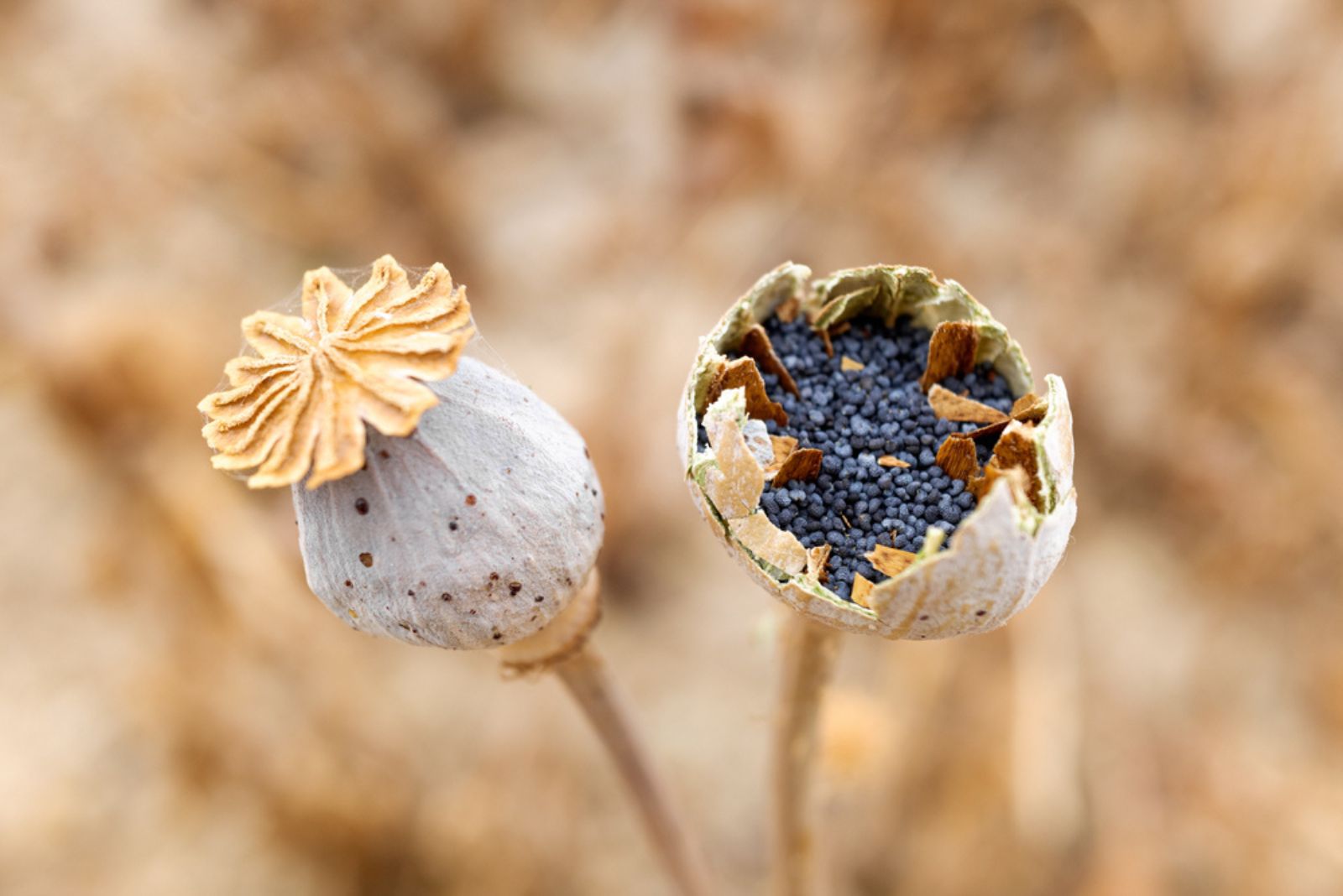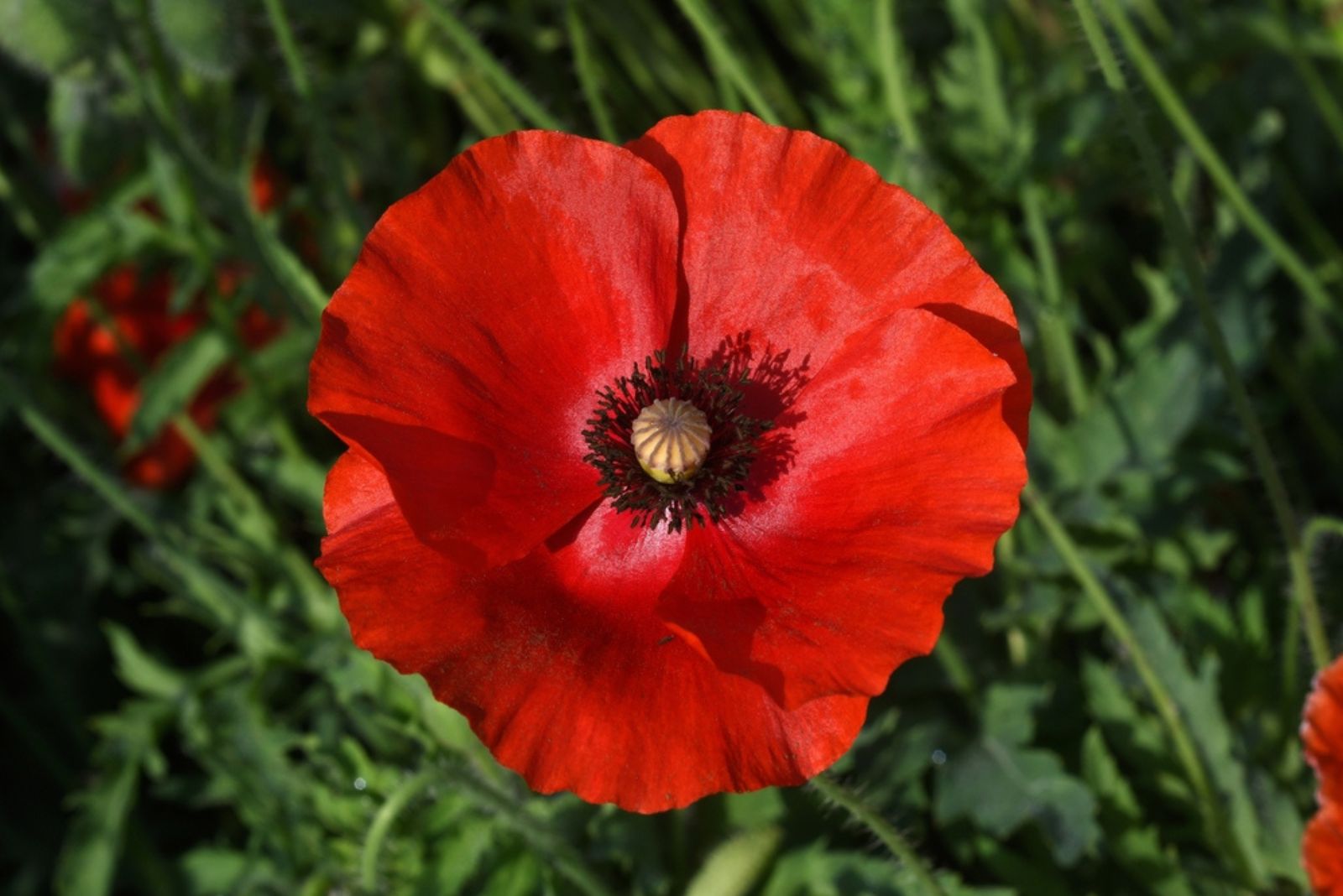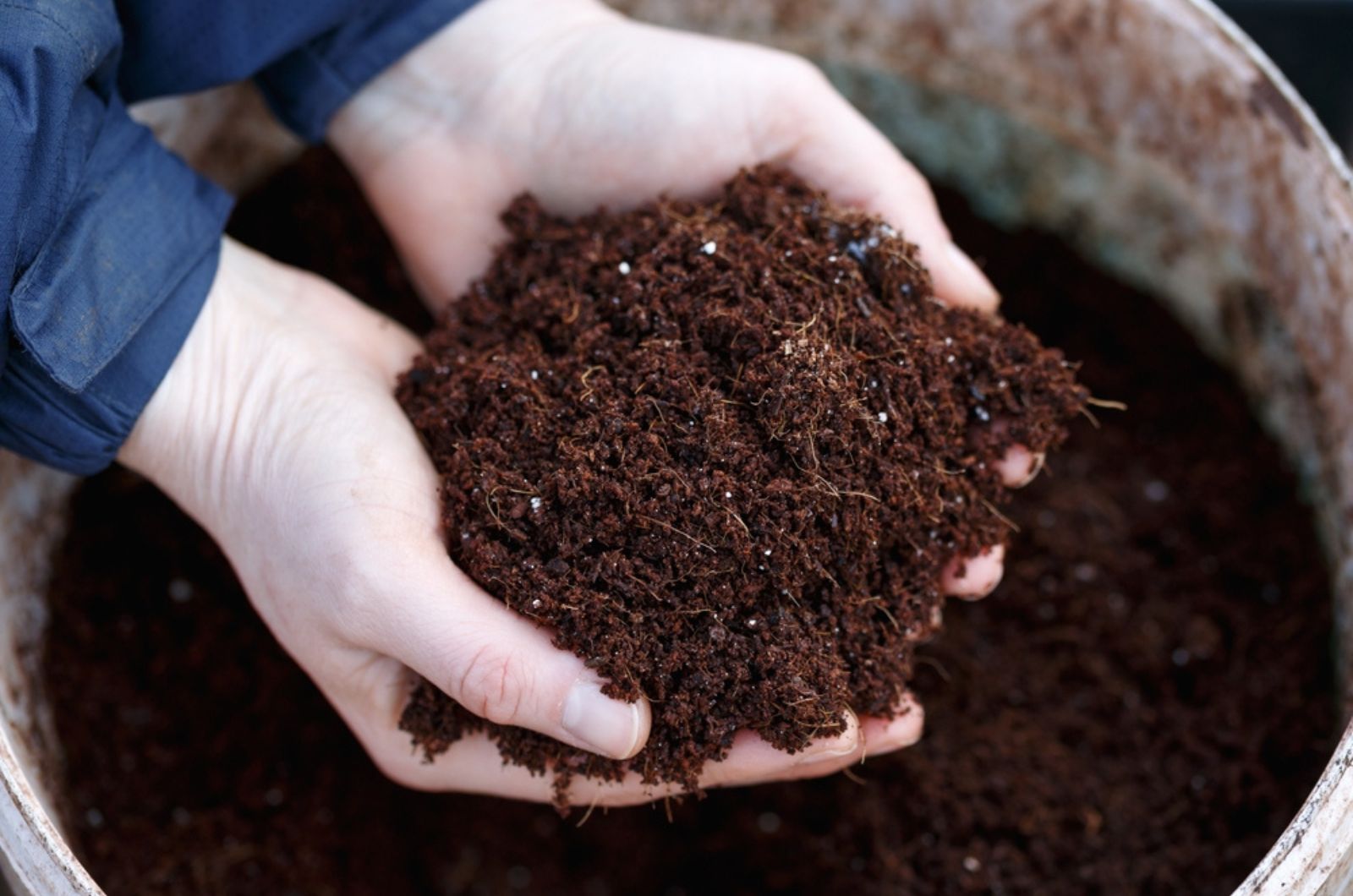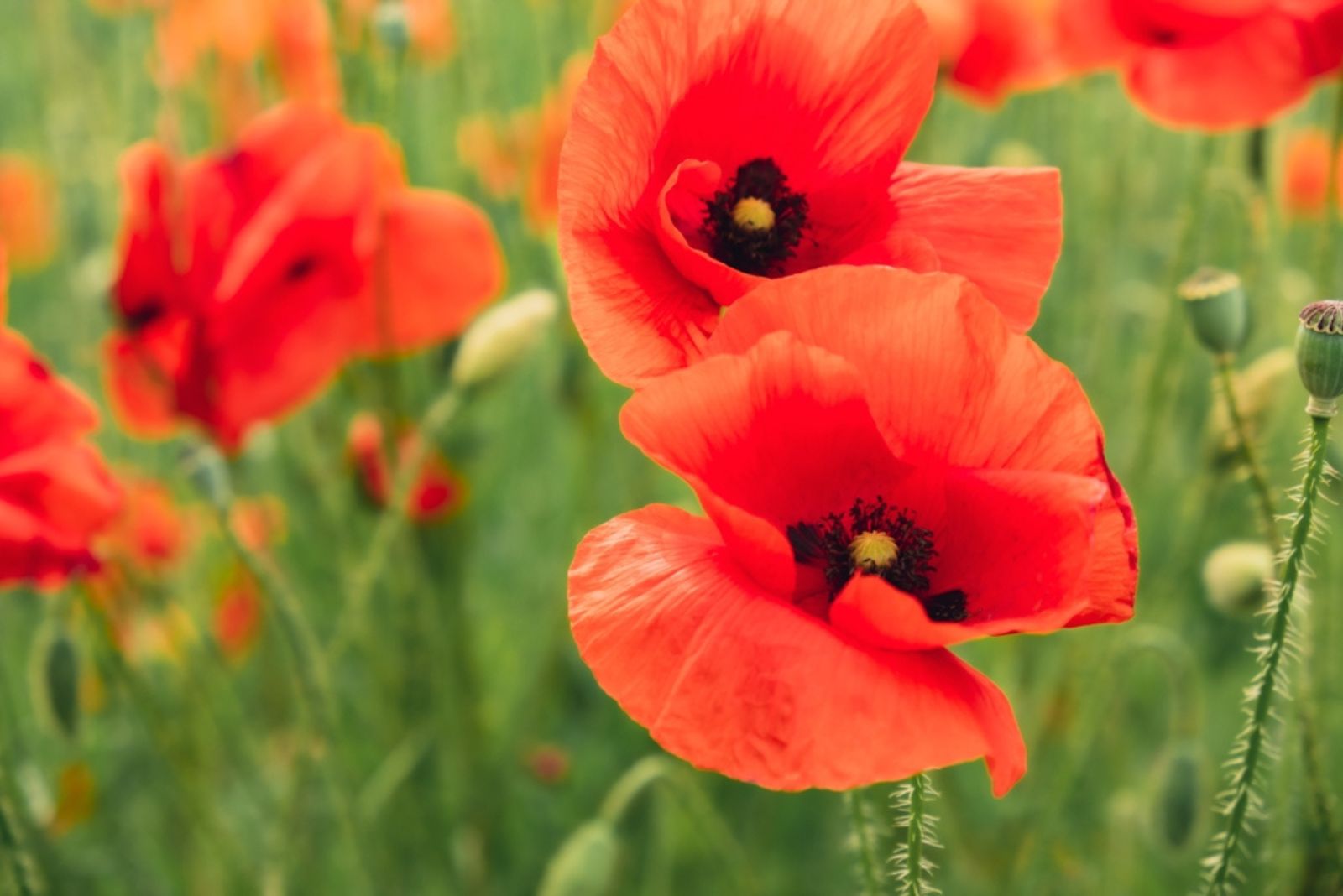I absolutely love poppies and am always excited to plant new seeds. One moment it’s plain soil, and the next you’re greeted with gorgeous blooms swaying in the breeze!
What I love about them is that they are super easy to plant – you just have to scatter the seeds, water them, and let nature do the rest.
Poppies come in all kinds of colors, so there’s a variety for everyone out there. They might look delicate, but poppies are tough and self-seed every year, making it seem like they’re perennials even though they’re annuals in most places.
Planting them might even lead to new, unexpected colors over time (super cool, I know!). If you are ready to give them a try, here are some useful tips to get you started!
Plant Poppy Seeds In Early Spring Or Late Fall
You can plant poppy seeds in early spring or late fall – it’s totally up to you!
If you plant them in fall, they’ll rest through winter and start growing when the spring thaw gives them a natural drink and induces their growth. Planting in spring just means you’ll need to water them a little to help them sprout.
I’ve tried both, and it’s fun to see which does better each year. Why not try both and let your garden surprise you?
Either way, you’ll end up with pretty poppies to enjoy!
Also read: 10 Affordable Flower Seeds You Can Sow Directly Outdoors
Find The Best Spot To Grow Your Poppies
Poppies thrive in sunny spots with well-drained soil, where they can get at least six hours of direct sunlight throughout the day. Their reseeding habit makes them ideal for a relaxed, cottage-style garden as they will suddenly appear and make everything seem dreamy!
Different types of poppies have their own preferences:
• Iceland poppies love rich, moist soil but can’t handle hot, humid summers.
• California poppies enjoy sandy soil and shine in late summer to fall, especially alongside blue or purple flowers like asters or mums.
• Shirley poppies germinate when soil is disturbed, so they’re great in regularly tended flower beds.
Please beware that most poppies are toxic, so keep them away from curious pets and kids!
Prep The Soil And Get To Planting
Planting poppy seeds is super easy, no matter if you do it in spring or fall. Spring planting may need a little extra care to keep curious birds from messing with your patch, but it’s still pretty simple.
Start by gently raking the soil to loosen it up (this will make it easier for the seeds to settle in). Then, lightly scatter the seeds across the surface.
Only cover them with a thin layer of soil (no more than 1/8 inch), or simply press them down gently with your palm or shoe. Don’t bury them too deep because they may not sprout!
Finish up by watering lightly every day for about a week to ten days to keep the seeds moist… and you’re done!
Also read: Sow And Grow Poppies In Your Native Garden With These Simple Steps
Now, Take Good Care Of Your Poppies
Even though they are low-maintenance, you can still take a few simple steps to keep your poppies in top shape.
For instance, if your poppies are getting crowded, you should thin them out to give them room to breathe. Then, go ahead and deadhead faded flowers to get more blooms and keep the garden neat.
California poppies thrive in poor soil, so skip the fertilizer. Icelandic poppies might appreciate some regular feeding, though. Also avoid overwatering because poppies prefer a dry environment.
In the fall, gather seeds for the next planting season. They’re not difficult to save and will give you beautiful flowers year after year!
And there you have it – stunning flowers that are not only easy to plant but also simple to care for. If you’ve got the space in your garden, give poppies a try.
Also read: This Is The Best Time Of Year To Sow Wildflower Seeds In Your Yard





